Hi there, so I assume you’re here to learn how to play karuta right?
Or maybe there are some rules you’d like to go over?
Or perhaps a few tips or tricks to help step up your game?
Regardless, this is a good place to be! If I don’t address your thoughts or questions here, then go down to the comment section and let me know!
First, let’s go over the basics.
What is Karuta?
Karuta is fairly different from any game I can think of. It is kind of like a cross between memory, spot it, spoons, and… rummy? kind of? But what really makes karuta special, is that there is an important auditory component.
In memory, you need to be able to remember the positions of many cards at once. In spot it, you need lightning reflexes to be able to put your card in first. In spoons, you need that, and a good game sense. In rummy, you need to make complicated strategic decisions that could make or break your game.
In karuta, you need all of the above plus a good ear to listen for deciding words, and also the physical and emotional endurance required for half hour long games during which you are in a near constant state of full alertness and concentration.
Sound fun yet? Ha ha ha, well, I certainly enjoy it!
But wait a second, if karuta combines so many different aspects of different games, as well as adding couple of new things, wouldn’t it be a complicated monster of a game that would require way too much time to even learn?
The short answer is: No. Karuta is simple.
The slightly longer answer is: No, karuta is simple, but you do have a point.
After all, if it is such a great game, why is it still stuck in Japan?
Competitive Karuta officially uses the 100 Ogura Hyakunin Isshu poems, and they are in Japanese of course. The thought of suddenly having to memorize all 100 poems in Japanese, plus the hiragana needed to read them… It would be kind of a pain for some folks, and impossible for most.
The thing is, you don’t have to use the official competitive karuta deck. There are all kinds of karuta decks, or you can make your own.
The best deck is a collection of from fifty to one hundred short, two part phrases that are meaningful to you. In my case, the New City Catechism was a fairly good choice, with 52 questions, and content that I am happy to have in my head.
Also, there is really no need to memorize all of the cards before you start playing. It is certainly an advantage, but I know the questions far better than my sister, and she still beats me more than half of the time.
So, how do you play karuta?
The rules of karuta are fairly simple. Each player gets half of the playing deck, which they arrange face up in front of them. When a question is read, the players compete to take the correct card first.
The goal of the game is to get rid of all of the cards in your territory. You do so by either taking the cards in your own territory, or your opponent receiving penalties.
When you take a card in the opponents territory, or when they touch any card in the wrong territory, they receive a penalty.
See the definition of Fault below.
One situation that sometimes occurs is when both players touch the correct card at the same time, or can’t agree on who touched it first. I haven’t found any official ruling on this, but in Chihayafuru, they play that the card goes to the player in whose territory it is.
Simple, right?
Some Game Etiquette
Now, there is a few of etiquette things that make the game run smoother, especially when the reader is reading for several games at once.
Before the start of the game, the players should acknowledge to each other that they are ready. Traditionally, this is done with a bow and something like, “Let’s have a good game.”, but we kind of just go with, “Alright, let’s mix up these cards!” or the like. The players then shuffle the cards face down on the floor kind of like how you shuffle dominoes. The dead cards are then removed (assuming they are playing with dead cards,) and the players take their own cards.
After the players have arranged their cards on the floor face up in their respective player territories, they have some time to familiarize themselves with, if not memorize, the positions of the various cards.
Near the end of this time, they can also make practice swings to loosen up and get used to the distances.
When they are ready to play, they acknowledge to each other and to the reader that they are ready to play. Again, you can go traditional and give a bow and a “Yoroshiku onegaishimasu”, or you can just say something like, “Okay, I’m ready.”
Play proceeds…
When your opponent gets a penalty, and you have to pass a card, raise your hand immediately following the end of the first half, when the reader takes a short pause. This lets the reader know to pause and wait for you. Keep your hand up high, or the reader won’t notice it. Even when the reading is being done by a computer, it is good practice to raise your hand at the usual times. Say “I am passing a card” and take one of your cards and give it to your opponent. You can keep your hand up until your opponent has placed the card where he/she wants it. When you lower your hand, the play can continue.
You can move your cards around within your territory immediately after a card has been taken and any penalties served. Raise your hand and say, “I am moving my cards.” When you are finished, and you lower your hand, the play can continue.
What you should never do, is raise your hand, or cause any disturbance right before the next card is read. This is really annoying, and messes up concentration and the flow of the game. Always wait until right after the first half is read, and you or your opponent has taken the card before making any kind of disturbance.
At this point, you may also take a short break and stand up to stretch or clear the tension if there is a bad flow. Just be sure to be considerate. Say “Excuse me” when you need to stand, and “Thank you” when you are ready to continue, and don’t take too long.
The reader will wait while there are people standing or collecting cards, but if someone needs to leave the room or take a break for longer than a few seconds, the reading will continue as normal, and they will lose any cards they miss, and receive any penalties they incur by failing to take the cards on their side.
If, for some reason, the reading of the crucial part of the card is interrupted, or the card was read incorrectly, causing confusion to the players, the card should be shuffled back into the deck to be read later. No cards will be taken, and no penalties served. It is very important that every player has a fair chance to take the card. Distractions and reading slip-ups are not part of the game.
At the end of the match, say something equivalent to “Good game”, and thank the reader for reading. It is good practice to count your cards after a match to be sure that you have a full deck. It would be a pain to have to make a single replacement card if you somehow lost one.
Glossary:
Dead Card: A dead card is a card that is not in play. These cards will be read in the course of the game, so be wary of them. In a deck of 100 cards, 50 cards are dead cards, and 50 are in play. With less cards, you will have to find a good ratio. In this deck, there are 52 cards. Sometimes we play with 16 to 20 dead cards, and sometimes we play with none. It is easier for beginners to play without dead cards.
Fault: A fault is when you touch any number of cards (greater than zero of course =P) in the wrong territory. The wrong territory is any territory that does not have the card being read. You receive one penalty per fault.
There are some cases where you receive two penalties, and these are called double faults. Now, while the above rule covers all the possible cases, I will explain these double fault cases because it might be helpful.
1) A dead card is read, and you touch card(s) from both territories. Since there was no correct territory to take the card from, you get two faults.
2) A card from your territory is read. You touch card(s) in the opponent’s territory, while the opponent takes the correct card from your territory. Even though you only committed one fault, the opponent took a card from your territory, so you do receive two penalties, and therefore this is somewhat confusingly called a double fault.
Remember though, that each fault is dealt with separately, so even complex situations are easy to resolve. Just handle them one penalty at a time.
Penalty: A penalty means that the opponent gives you one card of their choice from their territory. You can place the card anywhere in your own territory. In cases where both players receive a penalty, the two cancel each other out.
Playing Field: The approximately 34” x 23” area where the cards may be placed. The playing field is divided into two territories, separated by about 1.5”. The cards in each territory must be arranged along three rows where the bottom of one row are about a half-inch, or a finger’s width from the top of the next. The players’ heads may not cross the center of the playing field at any time. During the reading, before the next card is read, the players should keep their hands and legs at least two inches from the bottom of their playing field.
Territory: One half of the playing field belonging to one of the two players. The dimensions are approximately 34 x 10.5 inches The “right territory” is the territory that has the card being read, and the “wrong territory” is any territory that doesn’t have the card being read.
To take a card: To either touch a card before the opponent, or remove a card from its territory before the opponent touches it. You can indirectly remove card(s) from the field by knocking them away with other cards, like a pool ball effect. However, since indirectly knocking cards from their territory counts as taking them, be careful to avoid committing faults. Even if you don’t touch it directly, if a card from the wrong side is knocked outside its territory by your sweep, it counts as a fault.
To guard card(s): To cover, without touching, one or more cards with the hand. You can guard cards in your territory by putting your hand over or in front of them. Be careful not to touch them though, as it counts. Guarding is good when a card is read that could potentially be on either side, such as the two “Since we are redeemed by grace alone through…” cards. These cards share the same first eight words, and if one was on each side, it would be good to guard yours so that as soon as the deciding word was read, you could take it. Another example is the “What does…” cards. There are several of them, so guarding comes in handy there as well.
Obstruction: An illegal action that is not a fault. This is a really tough one to find information on, but from what I have seen in official matches and in the Chihayafuru manga, and anime, it includes the following:
) Using your non-dominant hand to play (taking cards, guarding cards, etc…)
) Physically forcing the opponent to commit a fault (I saw this happen once in a queen match.)
) Excessive guarding, or physical interference (leaning way too far over the cards, pushing the opponent’s hand out of the way, biting, etc…) Guarding is meant to be done with one hand, and is only meant to protect a few cards. Laying on your territory, even if you are not committing faults, is way over the top.
The penalty for making an obstruction is different depending on the action, and as I have very few examples, I can just say that it should be appropriate to the degree and manner of the obstruction.
It might be “Head-butting is not allowed; you get a penalty.” Or it might be “Since he forced you to touch it, you don’t have to get a penalty.”
It’s really up to you to decide on the appropriate measures.

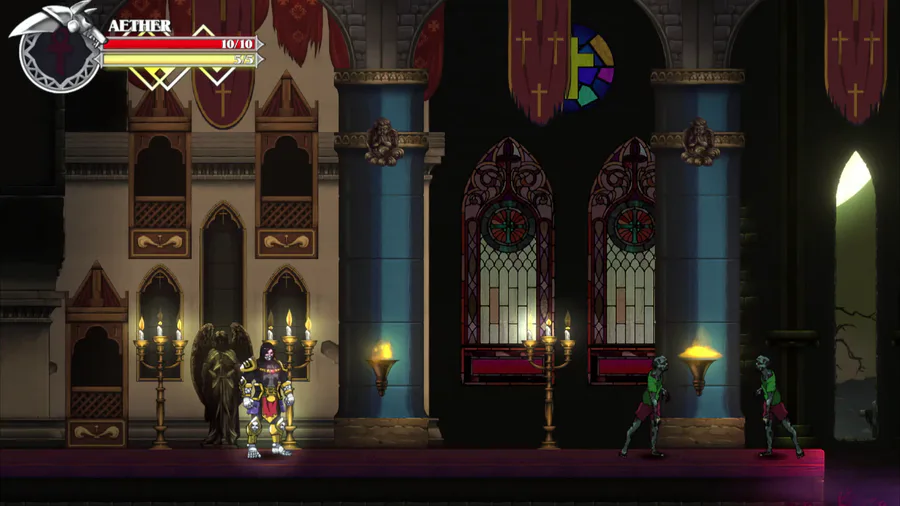
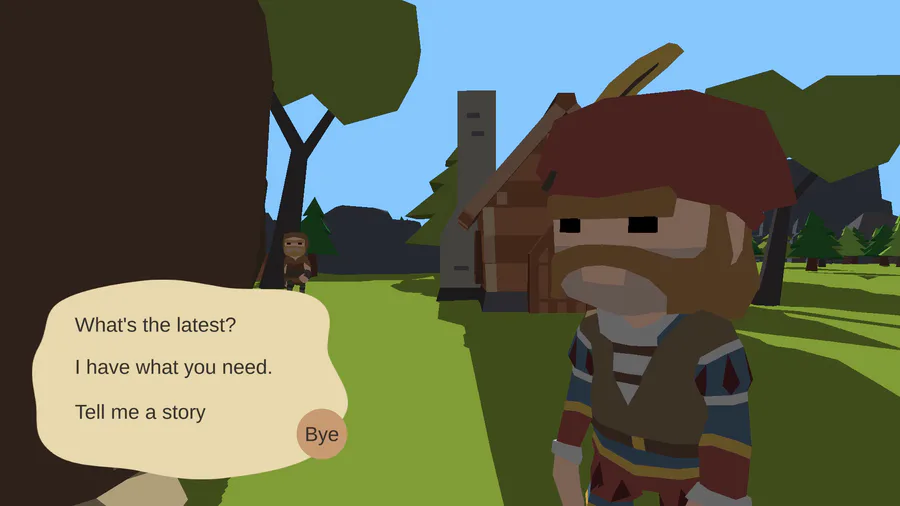

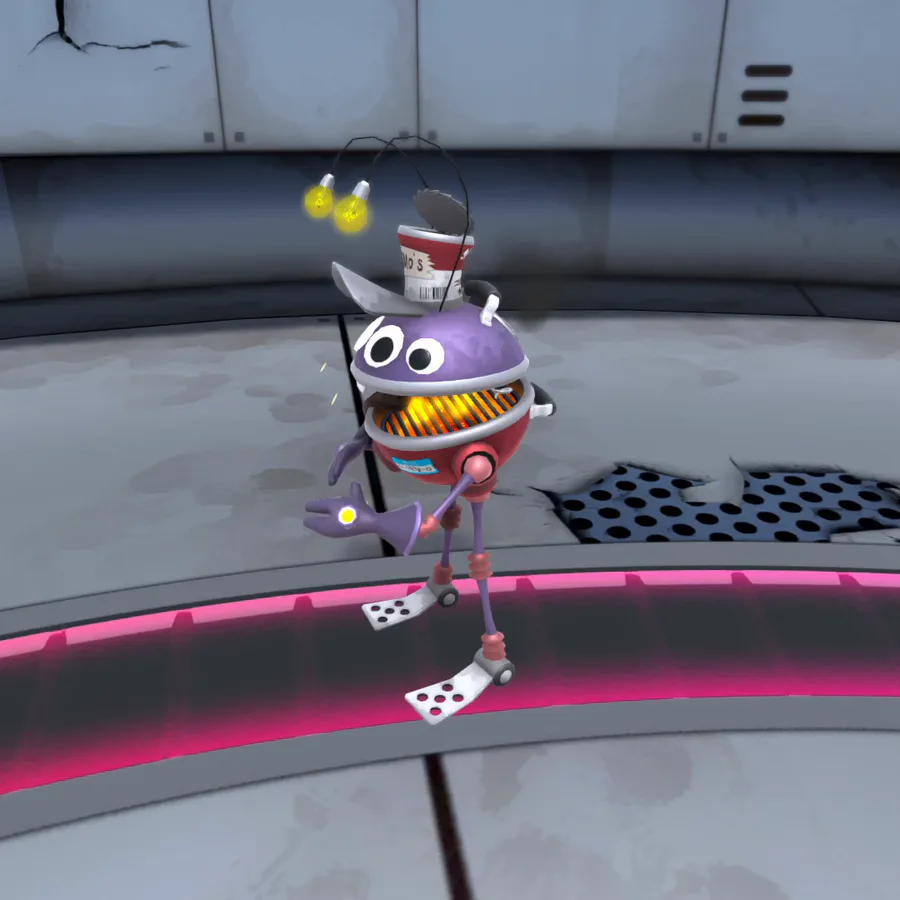


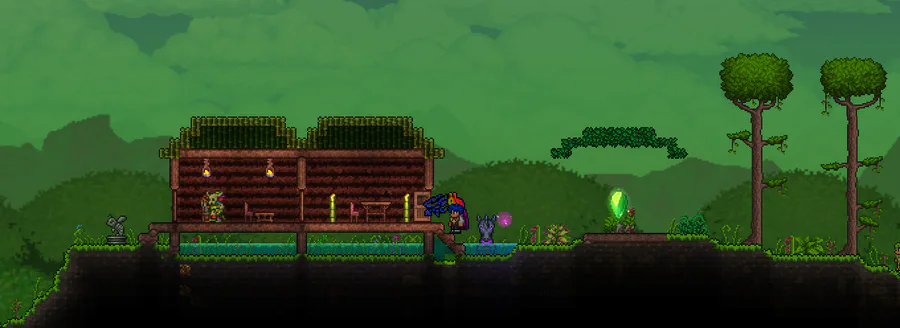

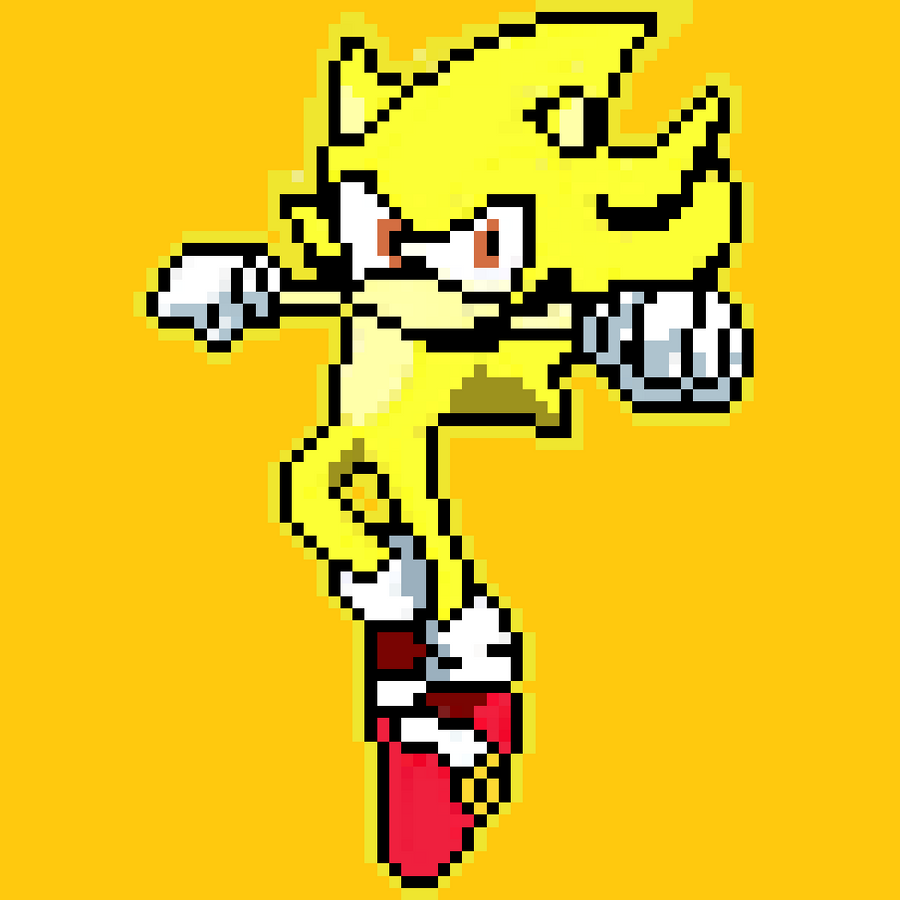
1 comment